Today marks 9 years since the passing of Max Pearson on March 14, 2015.I would like to share here the text of a speech I made at Max’s 90th birthday in 2011.
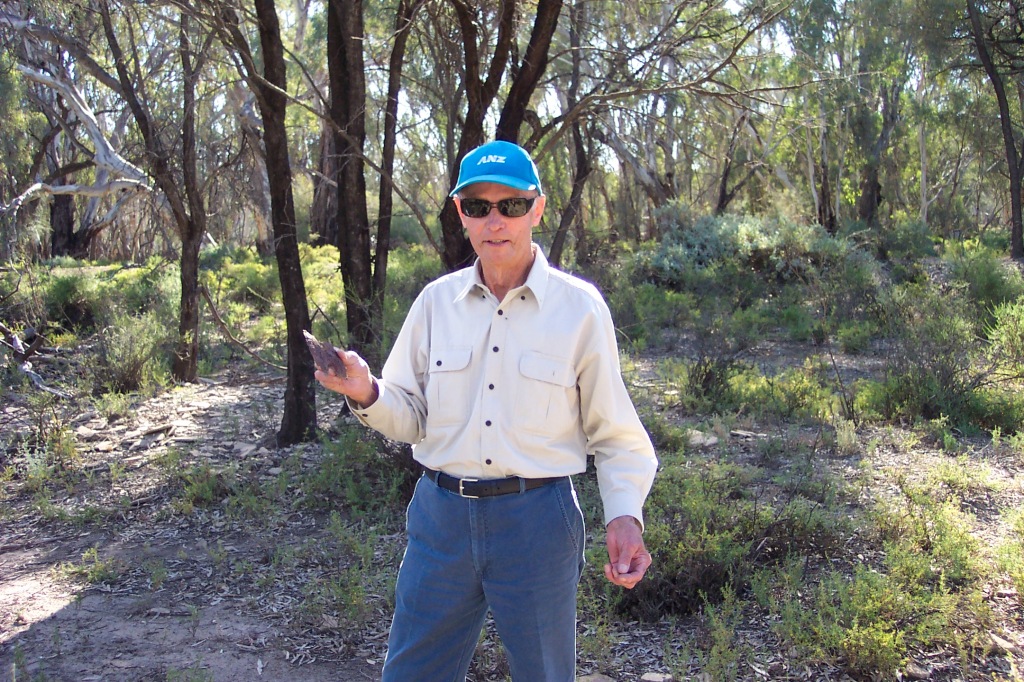
A tribute to Max Pearson, Murray River son, on the occasion of his 90th birthday, Waikerie. How much richer our lives are for that day, February 11, 1921 when Max Pearson was born! It is a great privilege to be here tonight to congratulate Max and to celebrate with him and to share some words about Max’s early life on the river.
Over the course of his life the River Murray has been a great love, in fact I would say Max is passionate about the River Murray, a passion which began in his very early childhood. Max Pearson is a ‘River Baby,’ a term given to babies born on the Murray River. Max’s father Bertie had worked on various construction projects including the Todd River and the Hindmarsh Valley Reservoir. He then began employment on the River Murray at Blanchetown constructing Lock 1 and it was while the family was living there in a tent waiting for better housing, that Maxwell George Pearson arrived. In one sense, the River Murray played a part in Max’s naming. The Captain Sturt was the paddle steamer integral to supply of materials for the lock construction. Mrs Knight, wife of the captain of this paddle steamer, gave birth to a son shortly before Max’s birth. Sadly, her baby died, but Mrs Knight was a generous woman, and since she lived in a house, not a tent, she invited Ida Pearson to have her confinement at her home. There was a condition though: that if her baby was a boy she would name him Maxwell George after her own baby boy who had died.
Max shared life on the river with eight siblings. The Pearson family made several moves along the river from Lock 1 to Lock 9 in Victoria, then to Lock 4 near Loxton and Lock 7 near Lake Victoria and finally to the barrages at Goolwa. This involved a period of about 20 years living on the River Murray. As work at each site was completed, the family home constructed of wood and iron, was dismantled along with all the other workers’ homes, to be loaded onto a barge for transport to the next site where it was reassembled. Max’s father became a foreman on the works, a highly respected man in the community. Max shared with me stories of his parents’ participation in the lock communities, providing leadership and support for others when life would have been difficult for all, the Pearsons included. Traits of honesty, integrity, compassion and generosity are traits I see in Max and I feel confident that life on the river in the Pearson family encouraged the development of these traits.
As a youngster, Max was involved in the upkeep of family life. He said: “We all had jobs to do and dad would make sure that we did them and did them properly. We used to have to clean the chook yard out and hoe the garden. The girls would have to get the knives and forks out and polish them and the cruets of sauce’d have to be polished up. They would also polish the pots and pans. Us boys would clean the glasses and trim the wicks of the kerosene lanterns and refill them with kerosene.”
Max’s education took place at the schoolhouse at each lock site. The school was one room with all the grades together. He started school at Lock 9, but his memories are the strongest at Lock 7 School. He described the lessons and being ‘on his toes’ when the mental arithmetic session was on as the teacher would call on students for an answer and you never knew when she might ask you! They had little arithmetic books with tables in them. Tables would be the last session of the day and they would sing the tables to learn them.
Max told me how the school building was used for dances. The school desks etc would be removed and the floors treated for dancing. There would always be a supper. He was involved in helping prepare the hall and would be in charge of getting the fire ready outside for a large copper to heat water for a hot dog supper. His mate would have a second copper for tea. The fire was always away from the school so as not to allow smoke to intrude in the building. He recalls standing on something to peek in window to see what ‘dancing was like’.
Max was looked up to by the younger kids at school who found a protector in him from the bullies. He also remembered attending school picnics out on the shores of Lake Victoria. The kids would travel on the back of a lorry to the lake and have races out there. Max was a sporty kid and enjoyed running. In fact, he was very good at it. I hear this is something he also participated in his later life with athletics events organised by his work social club. The 120-yard sprint was his specialty. Max also enjoyed playing cricket, football, as well as marbles, hopscotch, rounders and a game called Red Rover Pass Over.
Max was a strong swimmer. He rescued a boy who was visiting Lock 7 from the city who got into a whirlpool near the lock chamber. Max was only 11 at the time but he recalled the aftermath for me:
“There used to be a program on the ABC called the 5CL Boys Club which used to come through on the radio on a Monday night. Neighbours with a crystal set invited me to come down to listen. When I arrived, they switched over to the Boys Club. It was quite an entertaining program I suppose, but in part of it, they spoke of this happening at a place named Lock 7. I pricked my ears up and I thought gee, it’s up here. And they reported this near- drowning and how this little boy of 11 named Max Pearson hopped in and rescued the other boy. They sent me a medal. “
Max’s whole childhood was centred on the locks.
“The area away from the lock was foreign to us. The lock establishment where the village was and where the works were and where the river was, it was our world. When we went down to the Goolwa barrage, you could hear the sea roaring at night, and we used to wonder what all the noise was. Of course, our parents would tell us, that it was the sea, and we’d never seen the sea, so after probably a few weeks, we climbed over these sand hills and went right over the other side to have a look at the sea. There were three or four of us, standing looking and couldn’t see the other side of the water….…………. the only water we ever saw was the Murray and we could always see the other side of that…”…
Max was 16 before he lived in a house with electric light after moving to Adelaide from Goolwa. He recalled his delight at electric light at the flick of a switch and how he has never been opposed to paying the electric light bill.
Max’s affection for the river is deep in his veins. The River Murray has been a very important part of his life. Max’s attachment in particular to Lock 7 and to the history of everything connected with the lock works is obvious. I have had the pleasure of accompanying him to the patch of scrubland adjacent to Lock 7 which was once, way back in the early 30s, a thriving little community. Walking with Max through that site brings it alive for me. I can in my imagination hear the industrious sounds coming from the works, but if I listen harder, I can also hear the laughter of children and the chat of women as they gather their washing from the clotheslines strung between the trees. I can smell the smoke of stoves where bread is baking and hear the cackle of hens. I can see the lush vegetable crops that are lovingly tended to put food on the family table as well as the flower gardens planted to create some colour in this green and brown landscape. Brought back to the 21st century by Max’s voice I see hard evidence of their lives there. The scattered remnants of the concrete slurry that was their back verandah, the levee behind their house which held back the 1931 flood. The clearing remains where the sporting activity of this vibrant community took place. Max points out the location of various neighbours’ dwellings and of the school. His recall is incredible for the time his family spent in this remote but important location.
Arising from his early life, Max felt the need to take the initiative to organise a reunion of lock people. In 1997 he convened a meeting of interested people at Goolwa and a River Murray Locks & Barrages Reunion Committee was formed. As a consequence in 1998 a reunion of all former employees, wives, families, friends and relatives was held at the Goolwa Barrage. (This reunion was supported by SA Water, local Council and the Murray Darling Basin Commission). The reunion was so successful that, by popular demand, a second one was held at Lock & Weir No. 5, Paringa, in 1999.
In conclusion, Max told me: “I think that togetherness is really something that is very, very precious in life.”
We have come together today because of our connection with this inspiring and precious man who has touched and enriched our lives with his positive outlook and generous spirit.
(The above forms the text of a speech made by me at Max Pearson’s 90th birthday in 2011.)




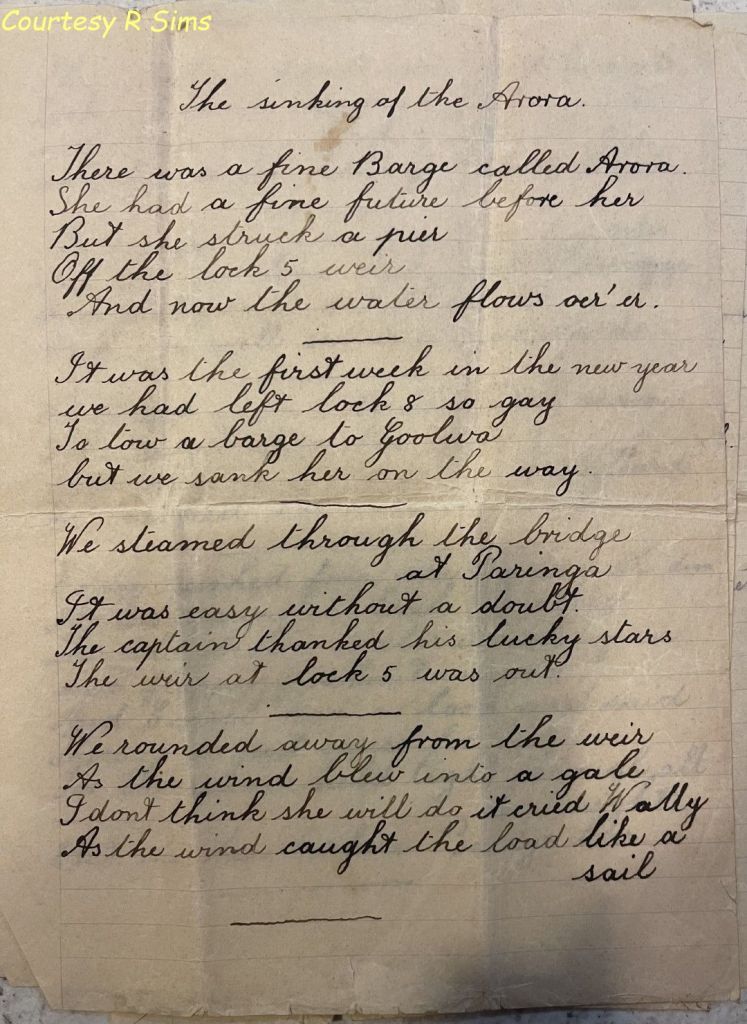

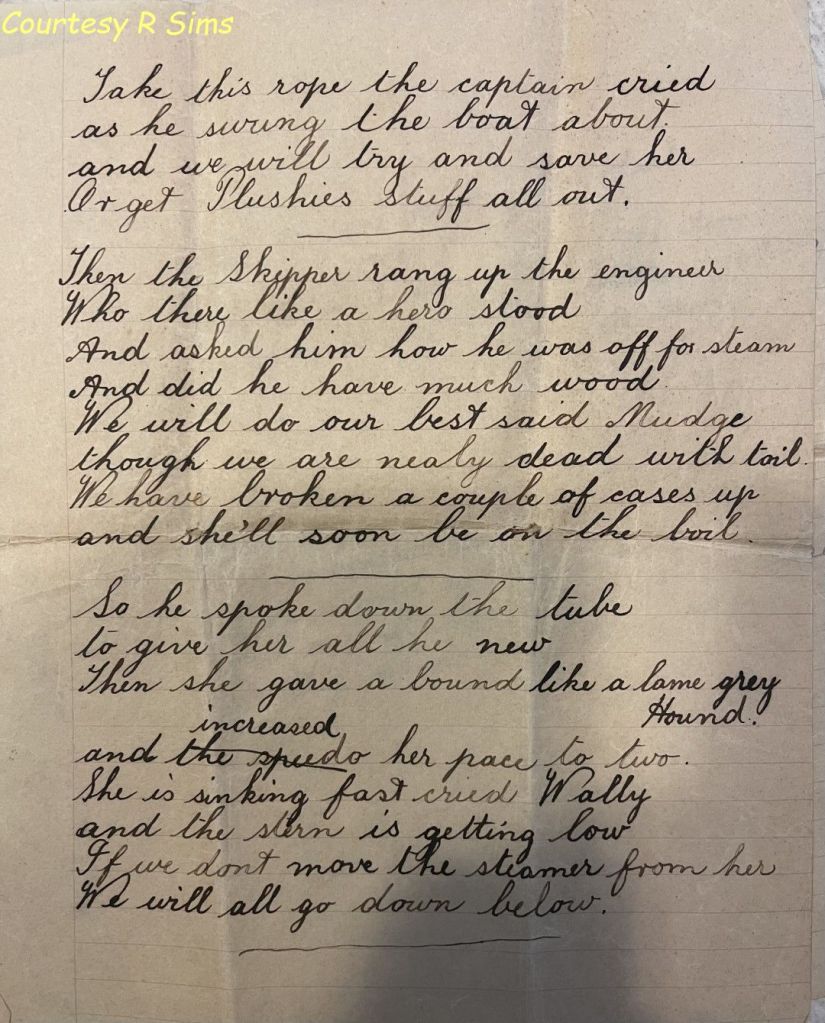
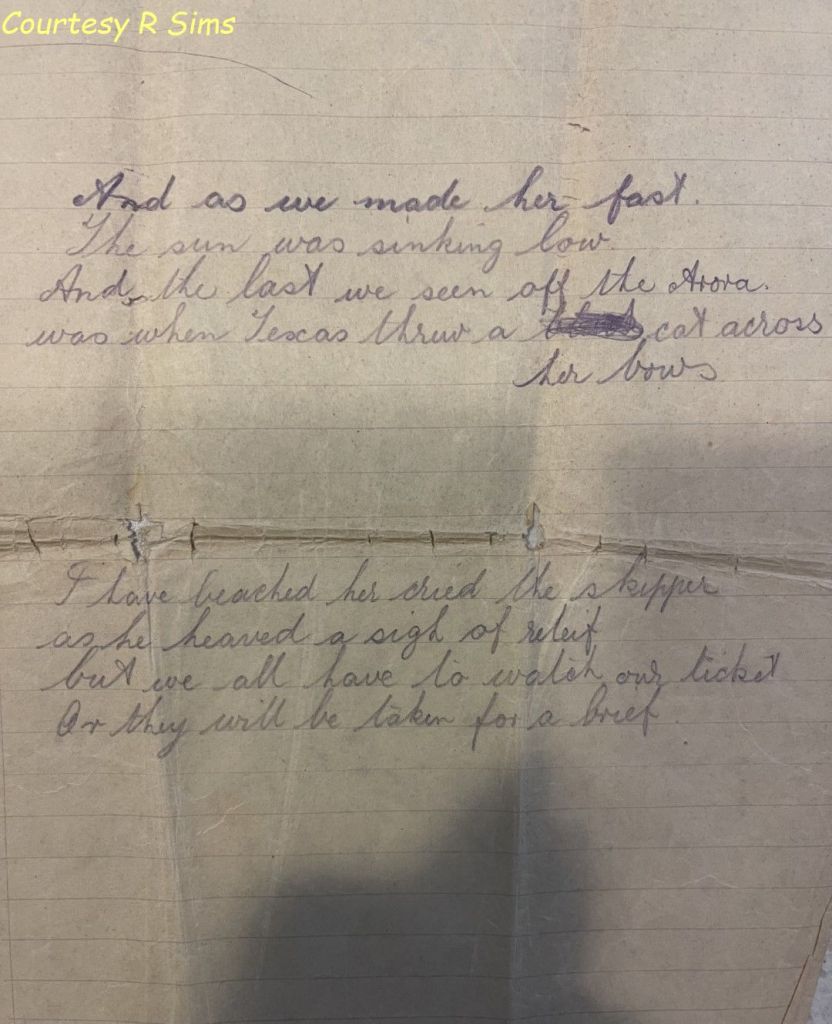
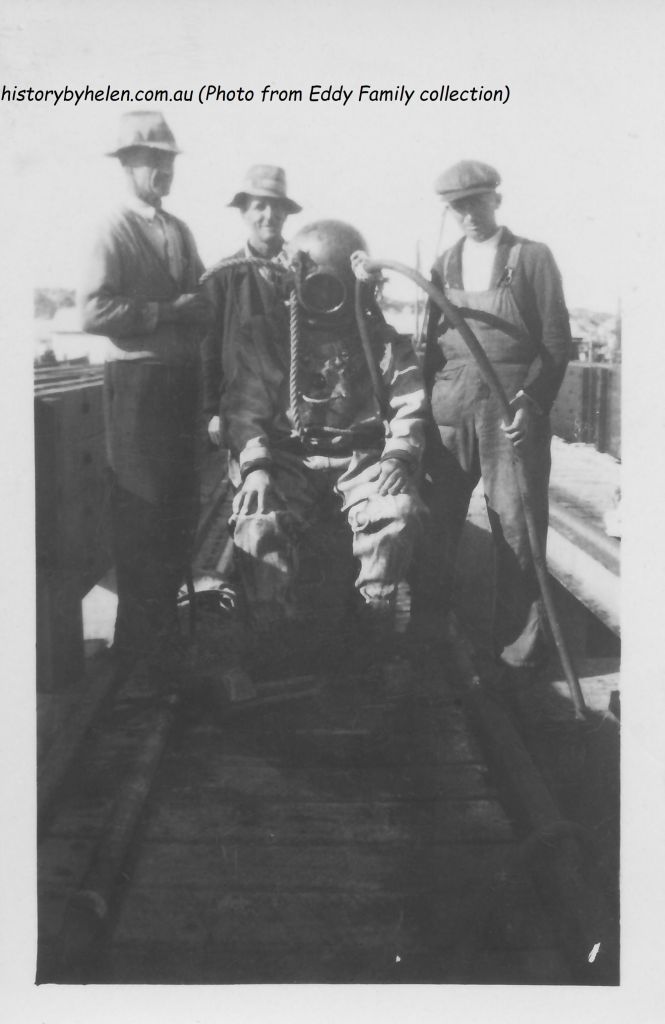


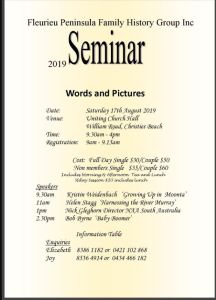
 National Engineering Landmark at Lock 1, Blanchetown.
National Engineering Landmark at Lock 1, Blanchetown.
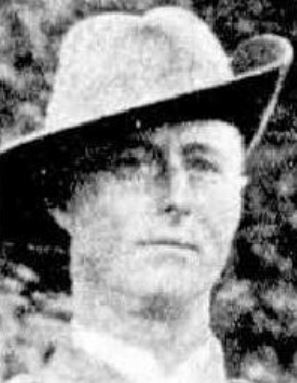 Norris Clegg Cowin had been a labourer at the Mannum Quarry as part of the River Murray lock works for almost 12 months when he followed the call to enlist on 16 August 1915 . Born on 3 May 1893 at Goodwood, South Australia, Clegg served in France and Belgium but was killed in action in Belgium on 1 October 1918, just 42 days before the signing of the Armistice.
Norris Clegg Cowin had been a labourer at the Mannum Quarry as part of the River Murray lock works for almost 12 months when he followed the call to enlist on 16 August 1915 . Born on 3 May 1893 at Goodwood, South Australia, Clegg served in France and Belgium but was killed in action in Belgium on 1 October 1918, just 42 days before the signing of the Armistice.

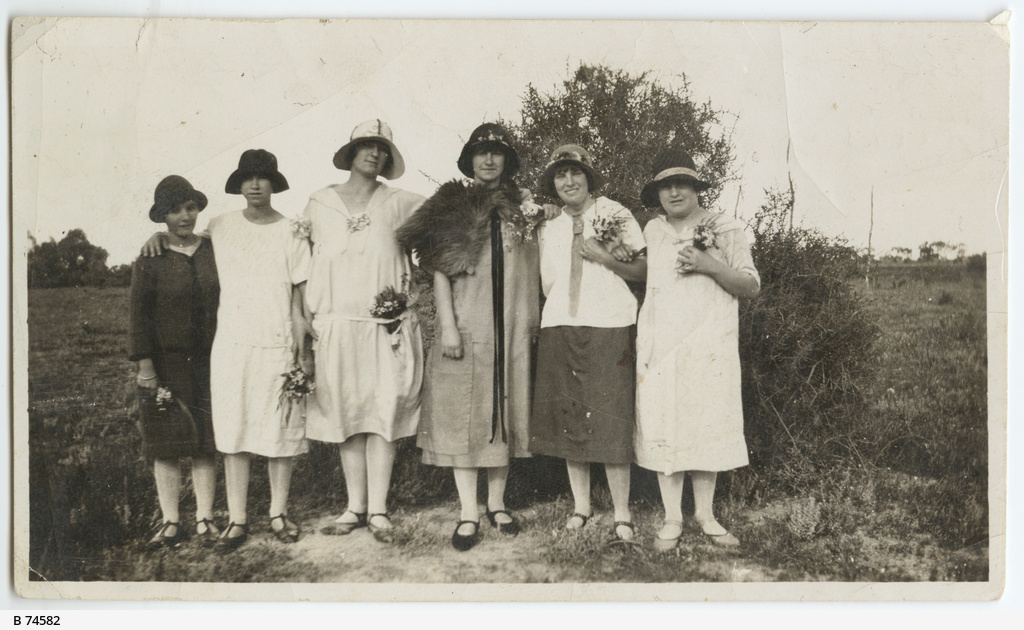


You must be logged in to post a comment.